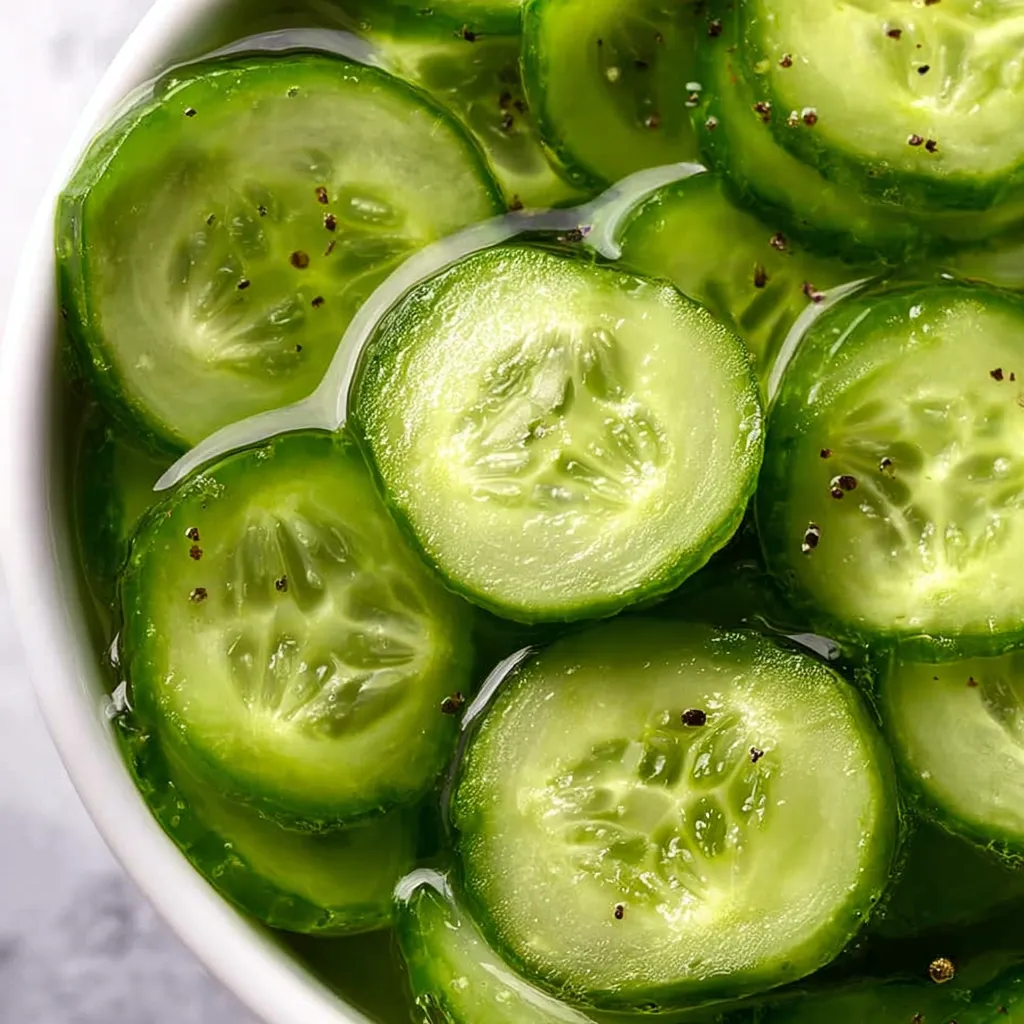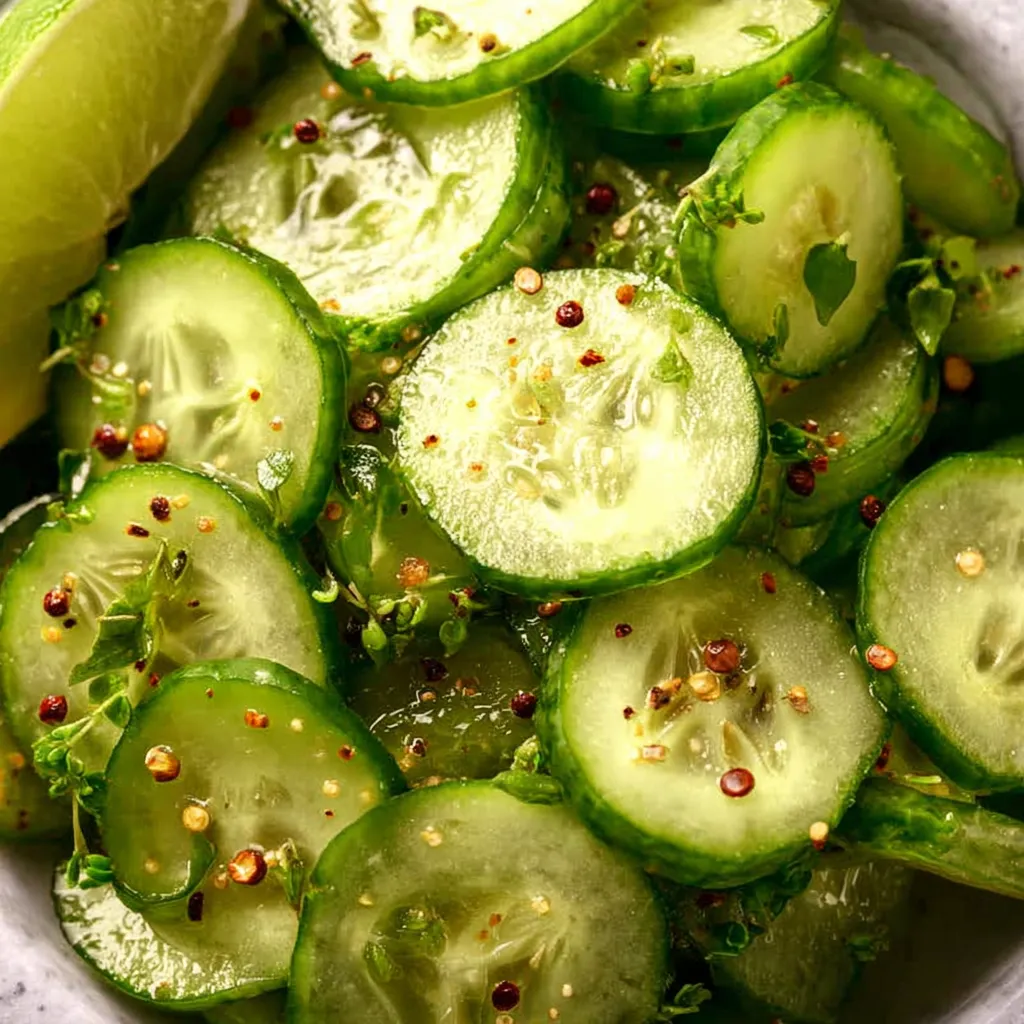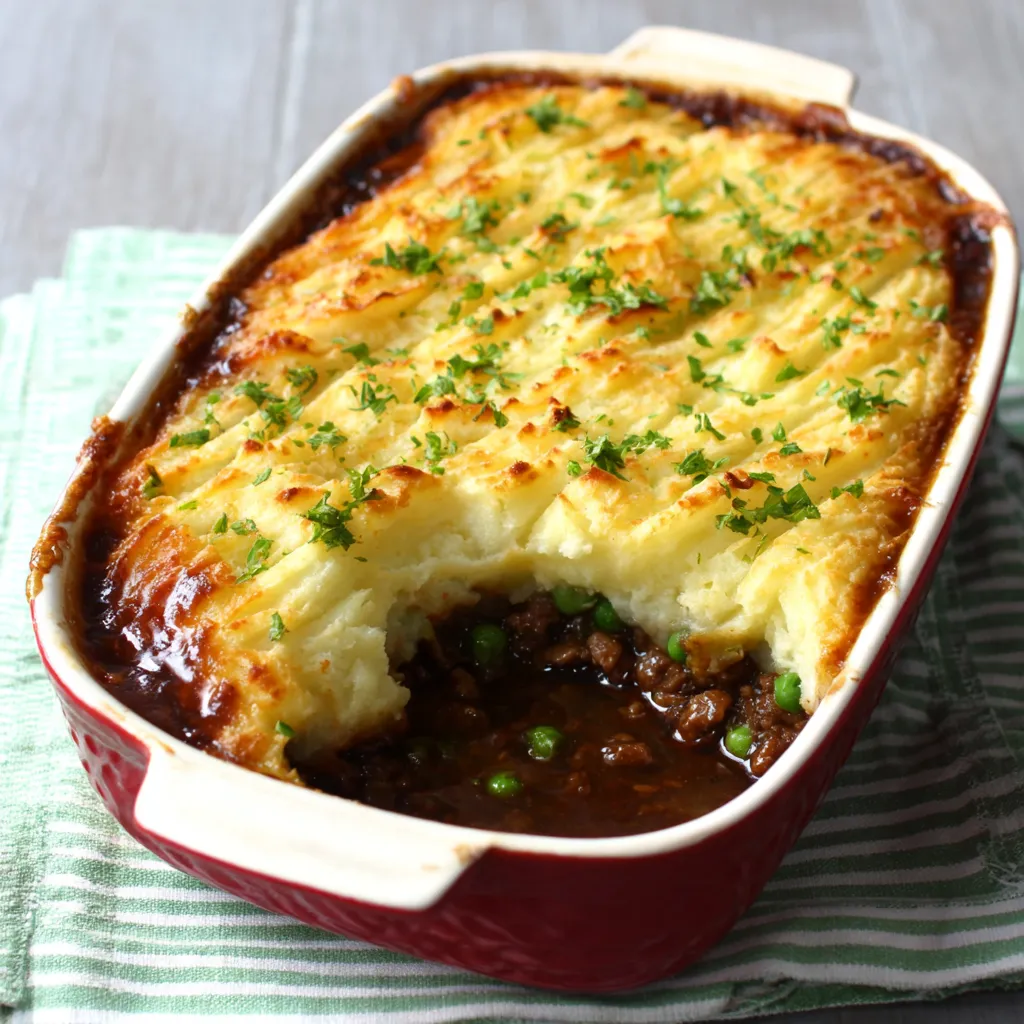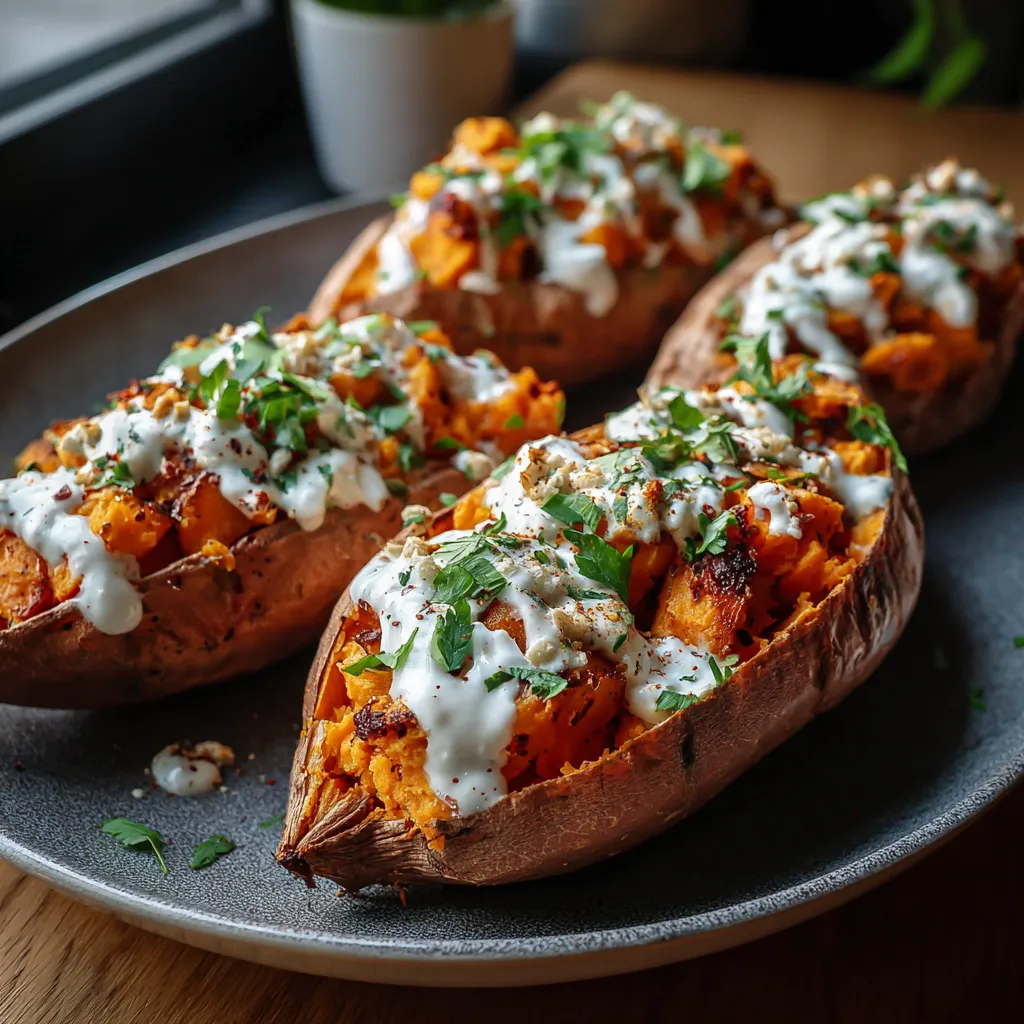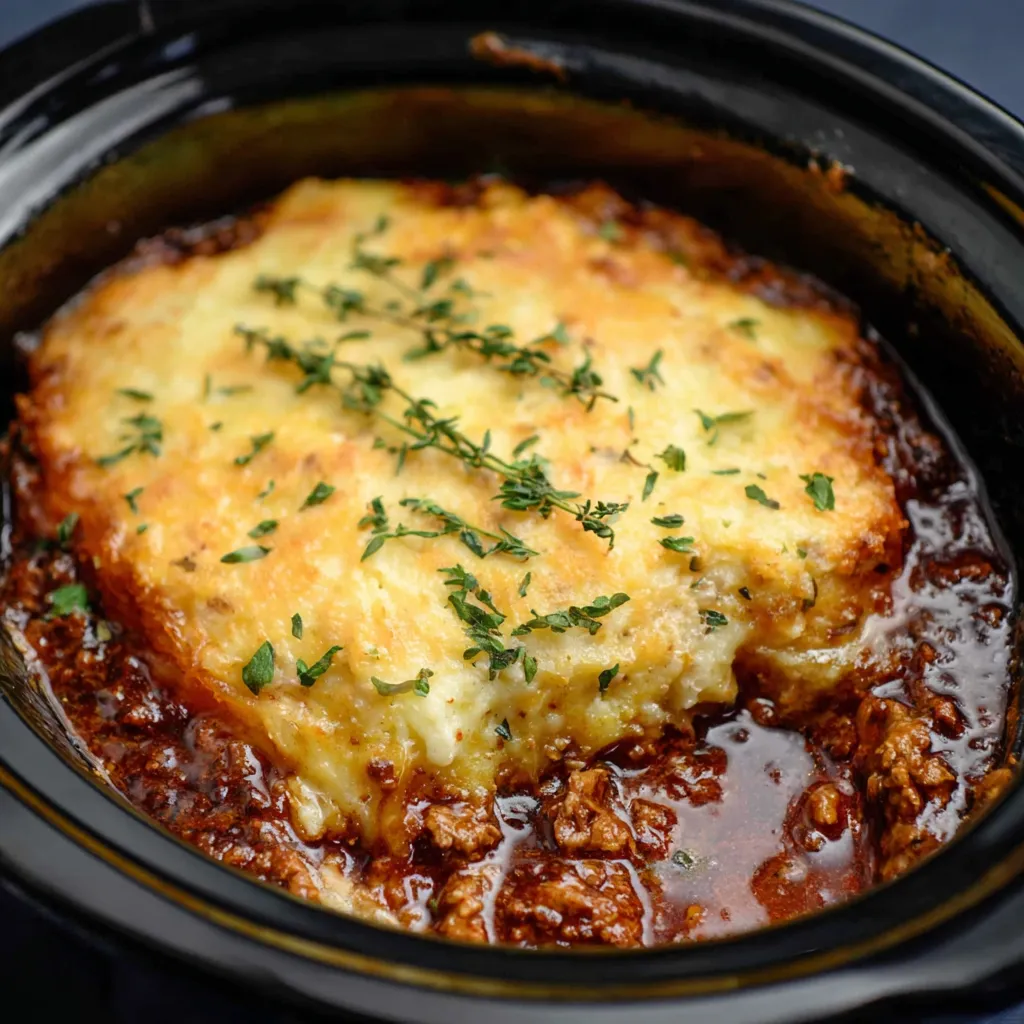I can almost smell Grandma’s kitchen just thinking about it – the sweet, tangy aroma of vinegar mingling with dill and the unmistakable scent of fresh cucumbers. Every summer, she’d whip up batches of pickles, and the satisfying crunch of each bite was pure bliss. I always wondered her secret for the perfect crunch, and now I know her secret! Today, I’m sharing all my secrets for the most amazing Cucumber Recipes Vinegar: The Secret to Crunchy, Flavorful Perfection you’ll ever make!
The Magic of Vinegar Pickled Cucumbers: A Deep Dive
Let’s face it, there’s nothing quite like a crisp, flavorful pickle. And when it comes to making those pickles at home, vinegar is your absolute best friend. But it’s more than just throwing cucumbers into a jar with some vinegar. It’s about understanding the science and art behind the process, choosing the right ingredients, and mastering the techniques that guarantee that perfect, satisfying crunch.
Why Vinegar is the Key Ingredient
Vinegar isn’t just a sour liquid; it’s a powerful preservative and flavor enhancer. Its acidity inhibits the growth of harmful bacteria, ensuring your pickles are safe to eat. But more than that, it infuses the cucumbers with that signature tangy flavor that we all crave. Different types of vinegar will impart different nuances to your pickles, so let’s explore your options:
- White Distilled Vinegar: This is your workhorse vinegar. It’s clear, neutral in flavor, and has a high acidity (usually 5%), making it perfect for preserving. If you’re new to pickling, white distilled vinegar is a great place to start.
- Apple Cider Vinegar: This vinegar adds a subtle sweetness and fruity undertone to your pickles. It’s a bit less acidic than white distilled vinegar, so you might need to adjust your recipe slightly.
- Rice Vinegar: With its mild, slightly sweet flavor, rice vinegar is a great choice for Asian-inspired pickles. It won’t overpower the other flavors, allowing the cucumbers and spices to shine.
Choosing the Right Cucumbers
Not all cucumbers are created equal when it comes to pickling. You want cucumbers that are firm, have thin skins, and are relatively small. Here’s what to look for:
- Pickling Cucumbers: These are specifically bred for pickling and have the ideal characteristics. They’re usually shorter and wider than slicing cucumbers.
- Kirby Cucumbers: These are a good alternative if you can’t find pickling cucumbers. They’re firm, have small seeds, and hold their shape well.
- Avoid Slicing Cucumbers: These cucumbers have thicker skins and larger seeds, which can make them less desirable for pickling. They also tend to get mushy more easily.
No matter what type of cucumber you choose, make sure they’re fresh and free from blemishes. The fresher the cucumbers, the crisper your pickles will be.
The Ultimate Crunchy Cucumber Pickle Recipe
Alright, let’s get down to the nitty-gritty! This recipe is my go-to for perfectly crunchy, flavorful vinegar pickles. It’s easy to follow, and you can customize it to your liking with different spices and herbs.
Ingredients:
- 4 pounds pickling cucumbers, washed and trimmed
- 4 cups white distilled vinegar (5% acidity)
- 4 cups water
- 1/2 cup pickling salt
- 1/4 cup sugar
- 4 cloves garlic, peeled and smashed
- 4 sprigs fresh dill
- 2 teaspoons mustard seeds
- 1 teaspoon black peppercorns
- 1/2 teaspoon red pepper flakes (optional, for heat)
Equipment:
- Large pot
- Sterilized canning jars (4 pint-sized jars)
- Canning lids and rings
- Canning funnel
- Jar lifter (optional, but recommended)
Step-by-Step Instructions:
- Prepare the Cucumbers: Wash the cucumbers thoroughly and trim off the blossom end (the end that was attached to the vine). This contains enzymes that can cause softening.
- Make the Brine: In a large pot, combine the vinegar, water, salt, and sugar. Bring to a boil over medium-high heat, stirring until the salt and sugar are dissolved. This is your pickling brine!
- Pack the Jars: Place a clove of garlic, a sprig of dill, 1/2 teaspoon of mustard seeds, 1/4 teaspoon of black peppercorns, and a pinch of red pepper flakes (if using) into each sterilized jar.
- Add the Cucumbers: Pack the cucumbers tightly into the jars, leaving about 1/2 inch of headspace at the top. You can pack them whole, sliced, or quartered, depending on your preference.
- Pour in the Brine: Carefully pour the hot brine over the cucumbers, making sure to cover them completely. Leave about 1/2 inch of headspace.
- Remove Air Bubbles: Gently tap the jars on the counter to release any trapped air bubbles. You can also use a clean utensil to run along the inside of the jar to dislodge bubbles.
- Wipe the Rims: Use a clean, damp cloth to wipe the rims of the jars. This ensures a good seal.
- Place the Lids and Rings: Place the lids on the jars and screw on the rings finger-tight. Don’t overtighten, as this can prevent the jars from sealing properly.
- Process the Jars (Optional): For shelf-stable pickles, process the jars in a boiling water bath for 10 minutes. If you’re not planning to process them, you can store them in the refrigerator.
- Cool and Store: Carefully remove the jars from the pot and let them cool completely on a towel-lined surface. As they cool, you should hear a “popping” sound, which indicates that the jars have sealed properly.
- Check the Seals: After the jars have cooled, check the seals by pressing down on the center of each lid. If the lid doesn’t flex, it’s sealed. If it flexes, the jar didn’t seal properly and should be stored in the refrigerator.
- Wait Before Eating: For the best flavor, let the pickles sit for at least 2 weeks before eating. This allows the flavors to meld and develop.
Success Tips for Perfectly Crunchy Pickles
Want to guarantee pickle perfection? Here are my top tips for ensuring your pickles are crunchy, flavorful, and a total crowd-pleaser:
- Use Fresh, Firm Cucumbers: This is the most important factor! Avoid cucumbers that are soft, wilted, or have blemishes.
- Trim the Blossom End: As mentioned earlier, the blossom end contains enzymes that can cause softening. Be sure to trim it off!
- Soak the Cucumbers in Ice Water: Soaking the cucumbers in ice water for a few hours before pickling can help them stay crisp. The cold water helps to draw out moisture and firm up the cucumbers.
- Use Pickling Lime (Calcium Chloride): Pickling lime is a calcium compound that helps to firm up the cucumbers. However, it’s important to rinse the cucumbers thoroughly after soaking them in pickling lime, as it can leave a bitter taste.
- Don’t Overcook the Pickles: If you’re processing the jars in a boiling water bath, be careful not to overcook them. Overcooking can cause the cucumbers to soften.
Beyond the Basic Pickle: Flavor Variations and Ideas
Once you’ve mastered the basic vinegar pickle recipe, the possibilities are endless! Here are some ideas for adding your own unique twist:
- Spicy Pickles: Add more red pepper flakes, a sliced jalapeño, or a few drops of hot sauce to the brine.
- Sweet Pickles: Increase the amount of sugar in the brine or add a touch of honey or maple syrup.
- Dill Pickles: Add extra dill sprigs, dill seeds, or dill pickle seasoning to the jars.
- Garlic Pickles: Add more garlic cloves to the jars.
- Bread and Butter Pickles: These are a classic! If you are looking for a sweet and tangy pickle, you can also check out Bread and Butter Pickles.
You can also experiment with different herbs and spices, such as bay leaves, coriander seeds, allspice berries, or even a cinnamon stick. Get creative and find your favorite flavor combinations!
Serving Suggestions
While pickles are amazing straight from the jar, they are also incredibly versatile. Here are some ideas on how to enjoy your homemade vinegar pickles:
- On Sandwiches and Burgers: Add a tangy crunch to your favorite sandwiches and burgers.
- In Salads: Dice them up and toss them into salads for a burst of flavor. They would be a great addition to a Cucumber and Bell Pepper Salad.
- As a Side Dish: Serve them alongside grilled meats, fish, or vegetables.
- In Relishes and Sauces: Chop them finely and use them in relishes, tartar sauce, or other condiments.
- As a Snack: Enjoy them straight from the jar as a refreshing and healthy snack. For a quick and light snack, you might also enjoy the Cucumber Snack Bowl.
Don’t be afraid to experiment and find new ways to enjoy your delicious homemade pickles!
Troubleshooting Common Pickling Problems
Even with the best recipe and instructions, things can sometimes go wrong. Here are some common pickling problems and how to fix them:
- Soft Pickles: This is usually caused by using old cucumbers, not trimming the blossom end, or not using enough salt or vinegar. Make sure to use fresh, firm cucumbers, trim the blossom end, and follow the recipe carefully.
- Shriveled Pickles: This can happen if the brine is too strong. Try reducing the amount of salt in the brine next time.
- Cloudy Brine: This is usually caused by using hard water or not removing air bubbles from the jars. Use filtered water and tap the jars gently to release air bubbles.
- Jars Not Sealing: This can happen if the rims of the jars are not clean, the lids are damaged, or the rings are not tightened properly. Make sure to wipe the rims of the jars clean, use new lids, and tighten the rings finger-tight.
If you encounter any other problems, don’t hesitate to do some research or ask for help from experienced picklers. With a little patience and practice, you’ll be making perfect pickles in no time!
Refrigerator Pickles: A Quick and Easy Alternative
If you don’t have the time or inclination to go through the canning process, refrigerator pickles are a great option. They’re quick, easy, and don’t require any special equipment. And they’re just as delicious as canned pickles! You might also enjoy Refrigerator Bread and Butter Pickles which are tangy and sweet. The Refrigerator Bread and Butter Pickles recipe is another similar option.
Refrigerator Pickle Recipe
Here’s a simple recipe for refrigerator dill pickles:
Ingredients:
- 1 pound pickling cucumbers, washed and trimmed
- 1 cup white distilled vinegar
- 1 cup water
- 2 tablespoons sugar
- 1 tablespoon salt
- 2 cloves garlic, peeled and smashed
- 2 sprigs fresh dill
- 1/2 teaspoon mustard seeds
- 1/4 teaspoon black peppercorns
Instructions:
- Slice the cucumbers into spears or rounds.
- In a bowl, combine the vinegar, water, sugar, and salt. Stir until the sugar and salt are dissolved.
- Add the garlic, dill, mustard seeds, and peppercorns to the bowl.
- Add the cucumbers to the bowl and toss to coat.
- Transfer the cucumbers and brine to a jar or container with a tight-fitting lid.
- Refrigerate for at least 24 hours before eating.
Refrigerator pickles will keep in the refrigerator for up to 2 weeks.
Conclusion: Your Journey to Pickle Perfection Starts Now!
So there you have it! Everything you need to know to make perfectly crunchy, flavorful vinegar pickles at home. From choosing the right cucumbers to mastering the pickling process, I’ve shared all my secrets with you. Now it’s your turn to get in the kitchen and start experimenting. I promise, the satisfaction of biting into a homemade pickle is well worth the effort. Happy pickling!
[recipe-card id=”the-ultimate-crunchy-cucumber-pickle-recipe”]

